The Next Evolution in Software Creation.
This page explores the paradigm shift at the heart of Cognito.one. We'll look at the journey that brought us to the limits of today's technology and introduce a new, more powerful way to build.
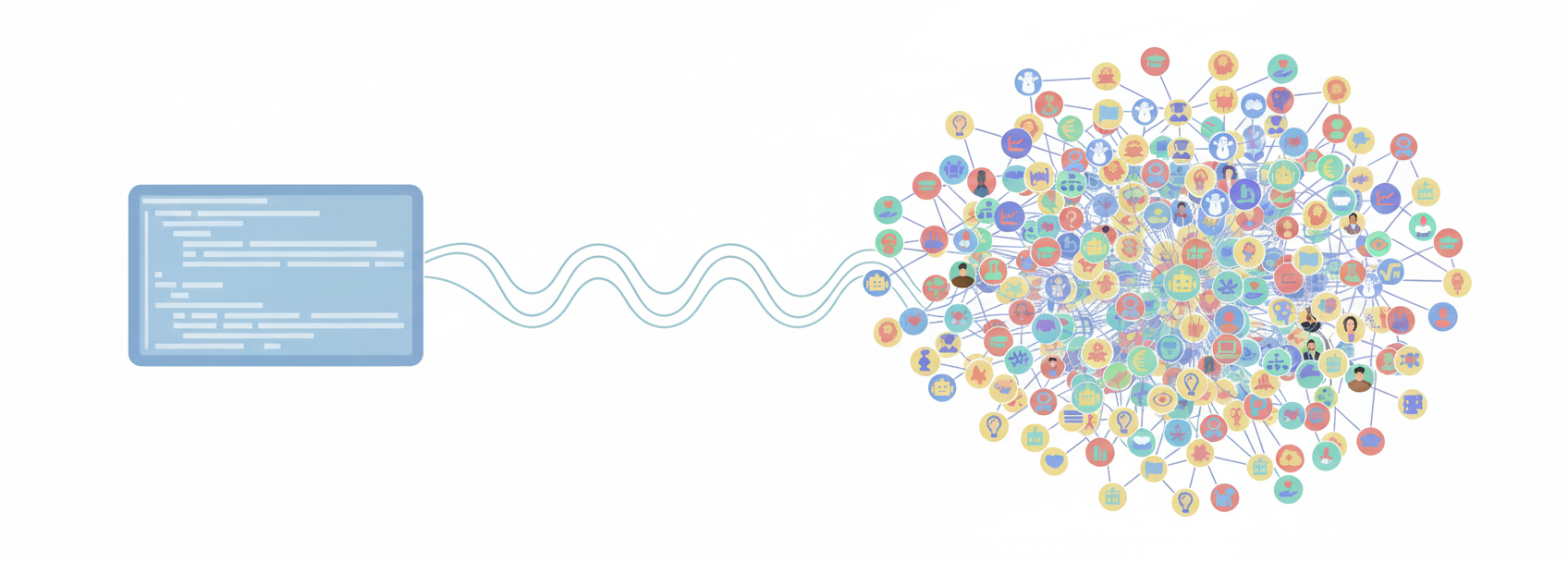
To understand this leap, we must first look at the journey that brought us to the limits of today's technology.
The Journey to Higher Abstraction
The history of software is a story of moving to higher levels of abstraction to manage complexity. Each new era gave developers more power by hiding details, but each came with its own limitations. Having moved from raw instructions to languages and frameworks, the next logical leap is to abstract away code itself.

The Crossroads: Two Worlds of Software Development
This journey brings us to a fundamental choice. We can continue to refine the process of building on a fixed foundation, or we can embrace a new way of creating entirely.
The Current Approach: Building
on a Fixed Foundation
Today's development, even with Agile methods, starts with a predefined architecture. While Agile improves the *process* of building on this foundation, it doesn't change the rigid nature of the foundation itself. This leads to architectural debt and limits true adaptation.

The New Paradigm: Guiding
a Living Ecosystem
The dEO paradigm flips the model. You don't build a static structure; you create a living, evolving ecosystem. Your role shifts from a rigid architect to a guide who nurtures the system's growth. This approach is faster, more resilient, and eliminates architectural debt by design.
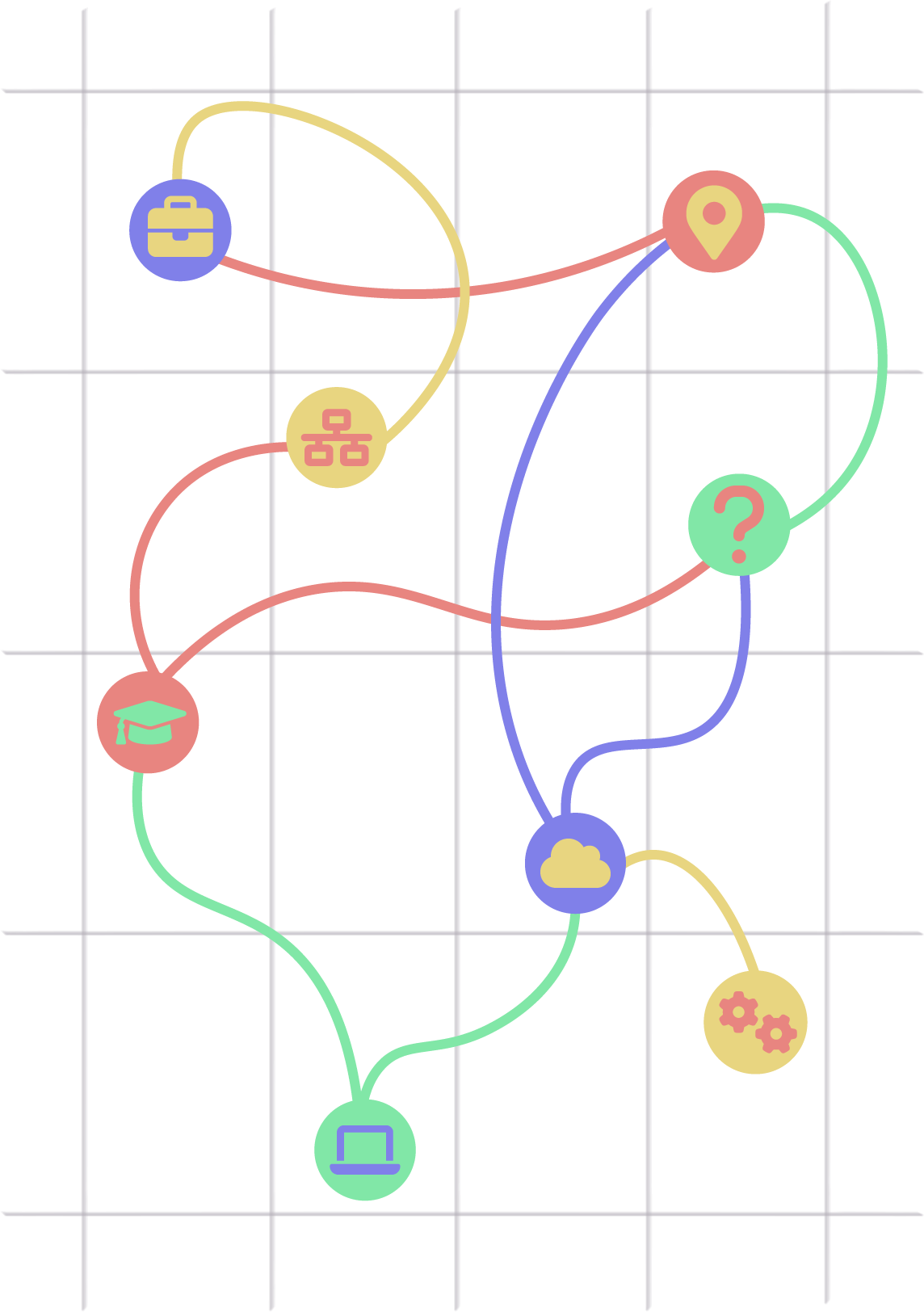
The Breakthrough: Escaping the Determinism Trap
A deterministic system cannot evolve its own complexity. This isn't just a feature to improve; it is the fundamental barrier the dEO paradigm was created to break. Our entire approach — from conceptual modeling to the development cycle — is engineered to solve this one, critical problem. By enabling a system to change its own internal structure through real-world interaction, we provide the mechanism for it to generate new hypotheses, evolve its own rules, and transcend its original design.
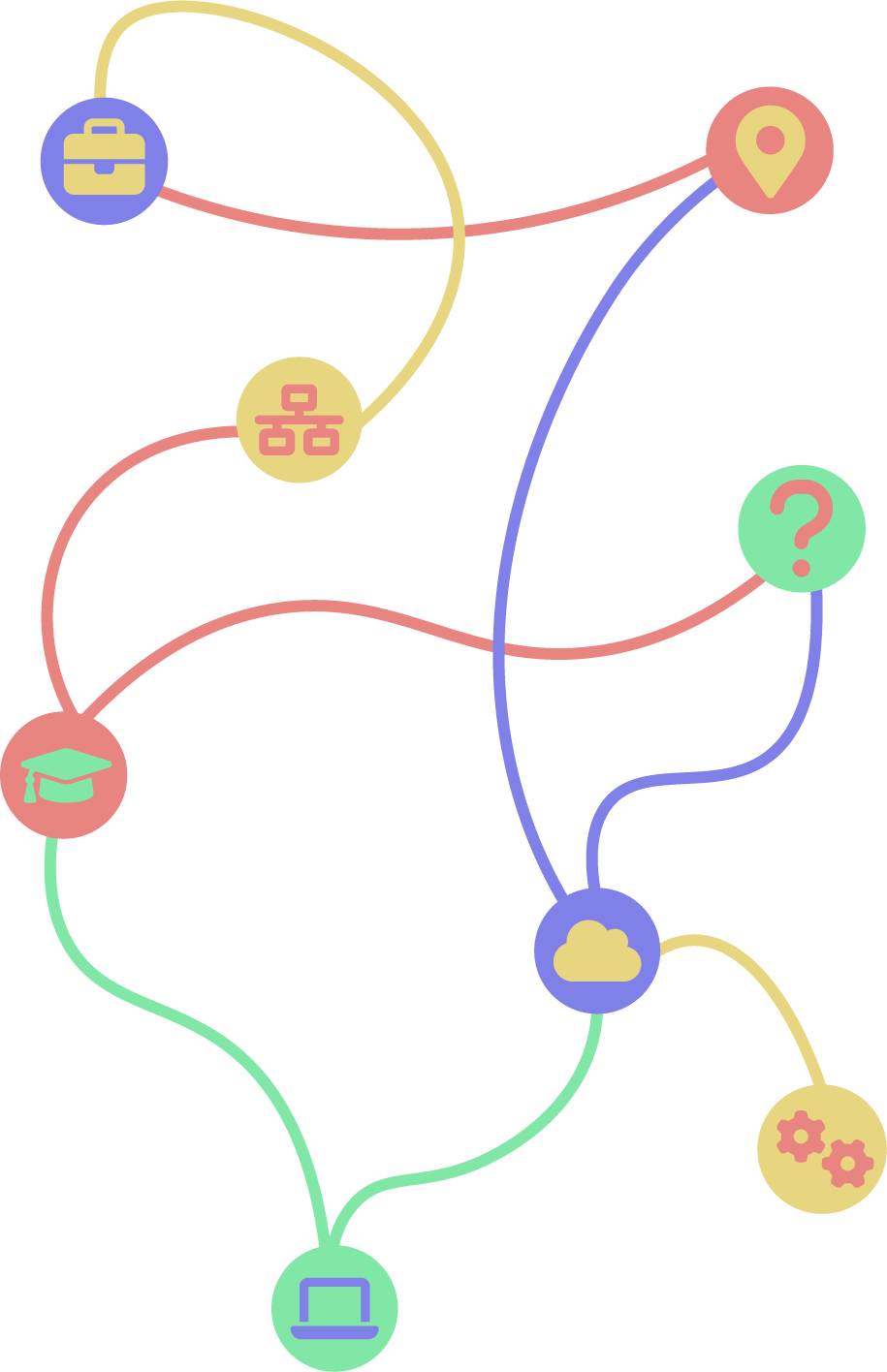
Development Cycle Re-Thought
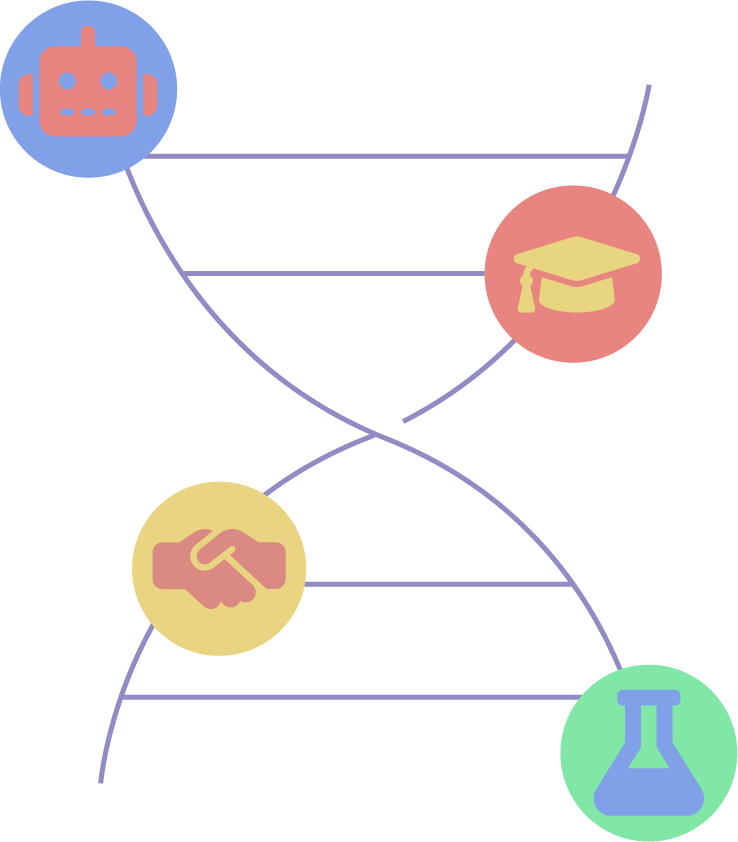
Step 1. Define the digital DNA
You don't start with a hundred-page spec. You begin by defining a minimal viable ontology — the absolute core concepts and relationships of your application. This is its foundational DNA.
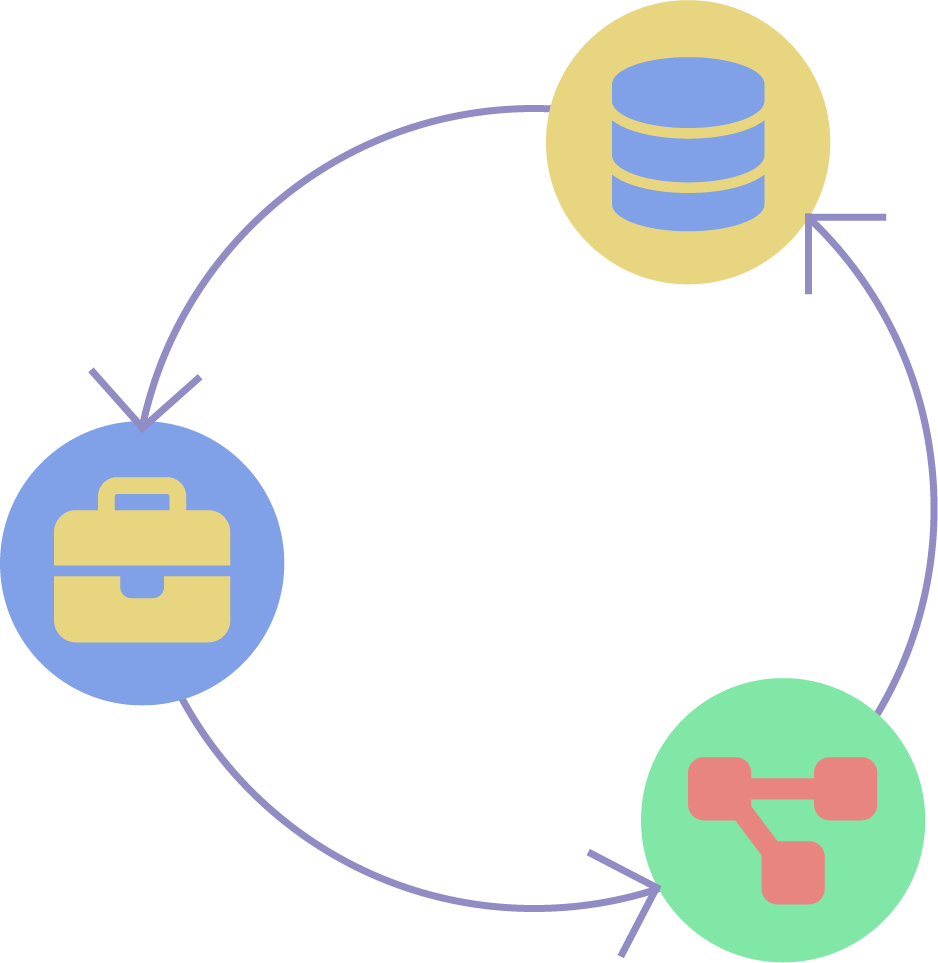
Step 2: Interact & Learn
Deploy your system immediately. In the dEO paradigm, user interactions and unexpected events aren't errors; they are learning opportunities — stimuli that signal an unmet need or a path for growth.
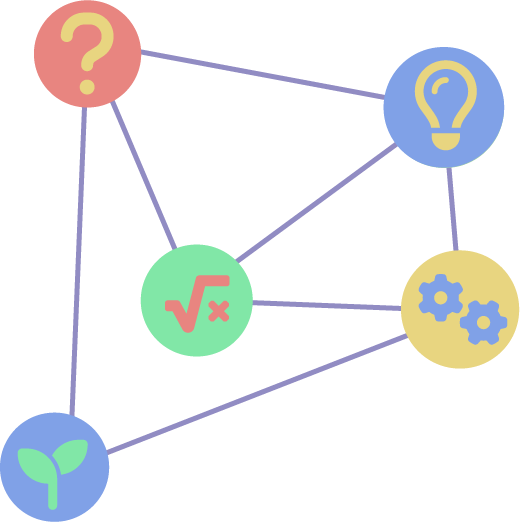
Step 3: Guide the Evolution
The developer's role shifts from a rigid architect to a guide. You respond to stimuli by "grafting" new concepts and capabilities onto the evolving structure. Adding a feature is as simple and safe as adding a new, connected node to a graph.
One System. Any Interface.
Universal Ontology: Beyond Frontend and Backend
In a dEO system, everything is a monad. The data (user), the logic (scenario), and even the UI components
(web profile, chat avatar) all exist in the same ontological structure. This provides universal flexibility. A single User monad can be rendered differently by various component monads, allowing you to create seamless experiences across web, mobile, and messenger apps from a single, evolving core.
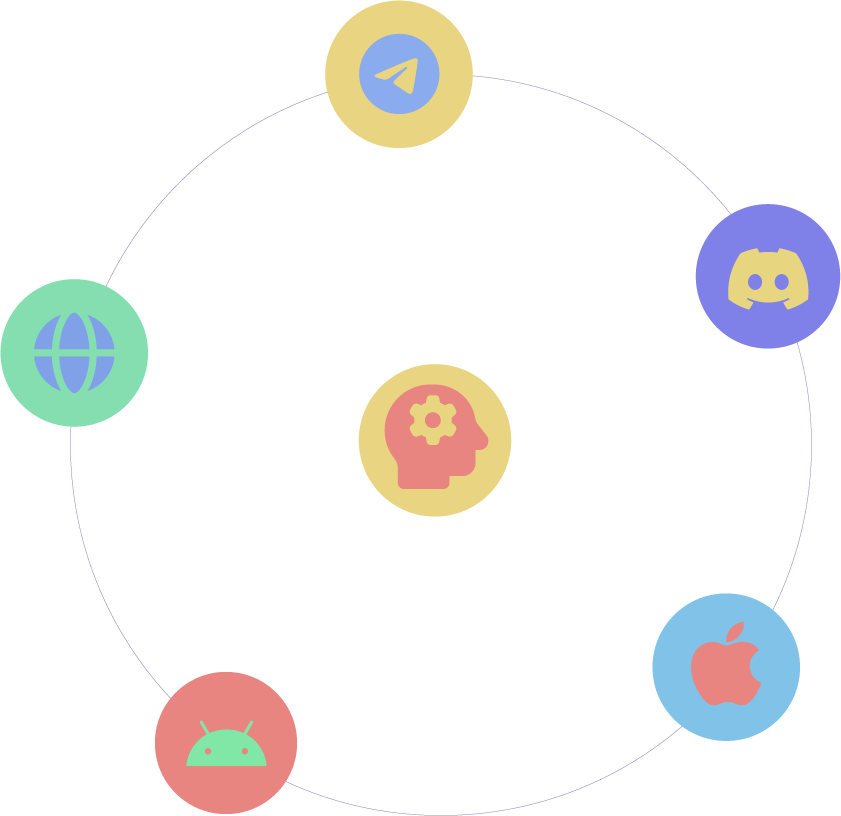
From Engineered Systems to Evolving Intelligence.
Beyond Systems: The Future of AI
Today, we build software and AI agents as engineered "systems" with predefined structures and goals. The dEO paradigm enables a fundamental shift: moving from building static AI artifacts to cultivating AI as a self-evolving process. This is the path to creating intelligence that is not just built, but grown — a digital organism that can adapt and discover in ways we can't fully predict.
This new way of building unlocks advantages that are impossible in traditional development

Radical
speed
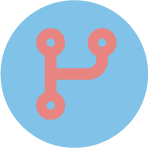
Inherent
Adaptability

Zero Architectural Debt
